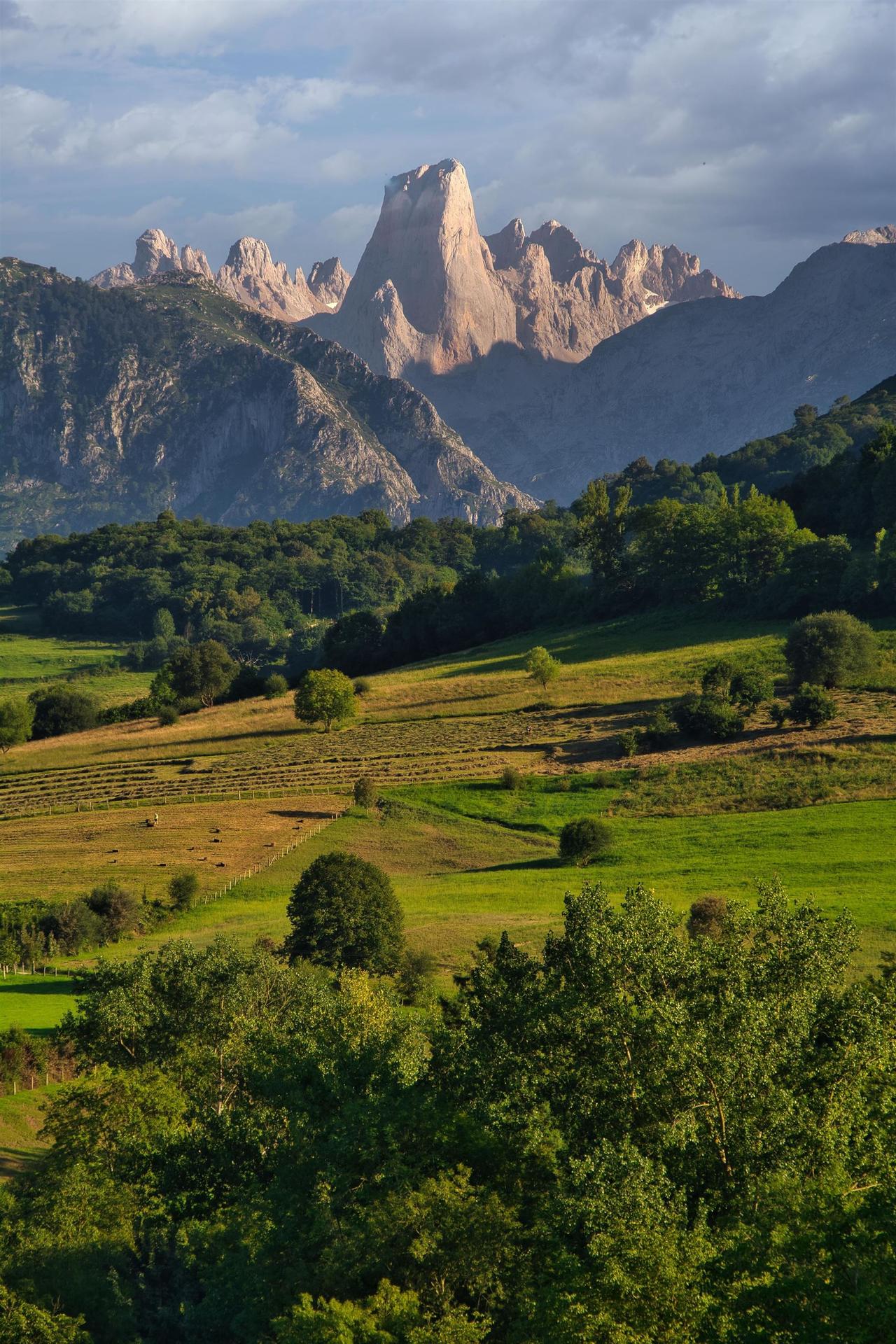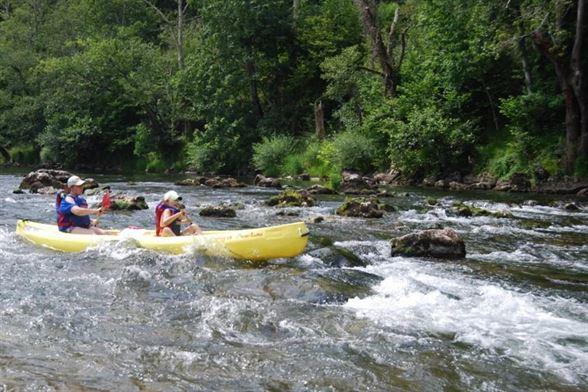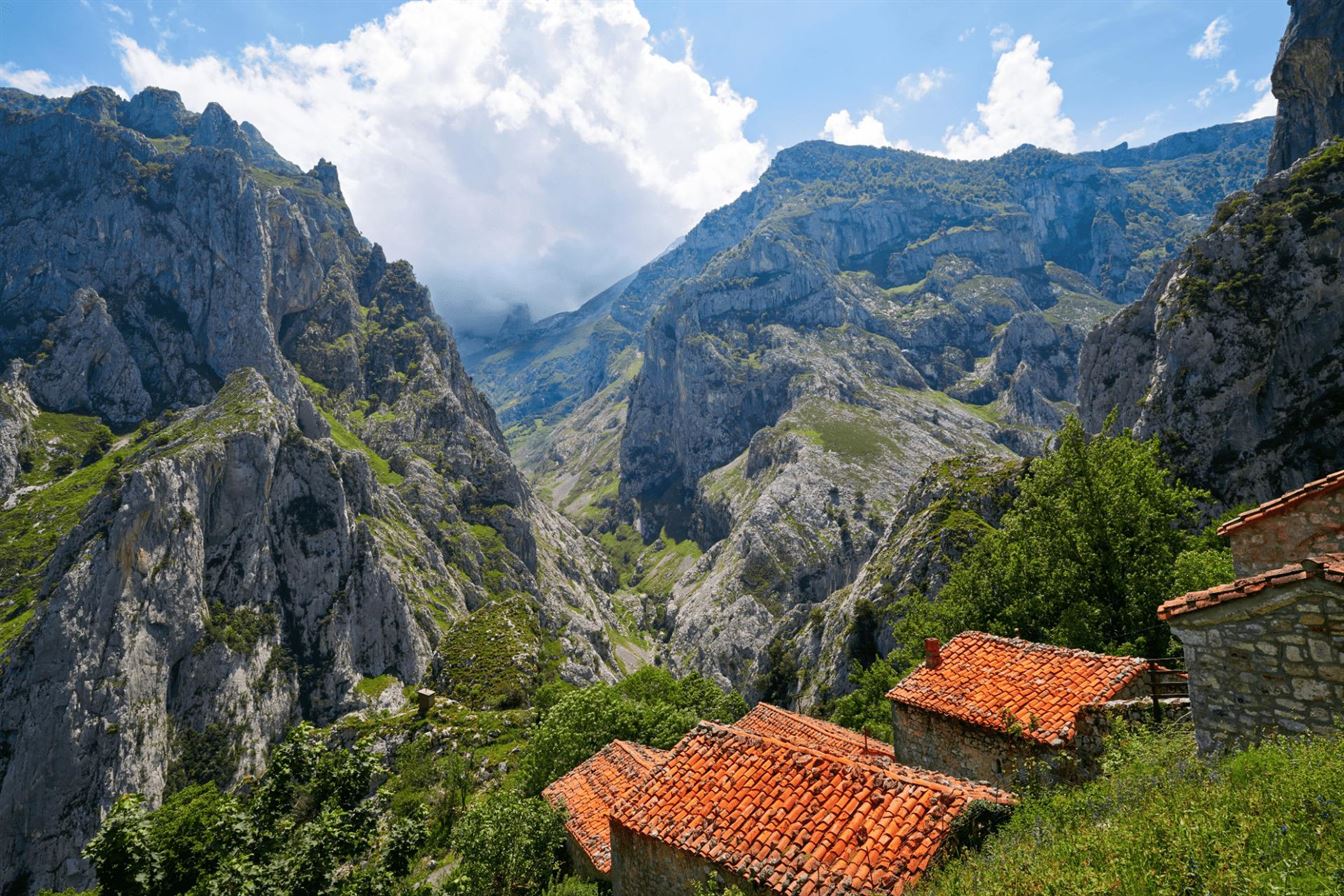We invite you on a virtual tour of the impressive Picos de Europa! Will you join us? The Picos de Europa National Park is located in northern Spain and, although it spans several territories, a large part of its vast expanse is situated in Asturias. The imposing mountain massifs that make up the national park are a true paradise for all nature and adventure lovers. In its more than 67,000 hectares, it’s possible to carry out activities of all kinds. An ideal destination for active tourism!
If you’re wondering what to see in the Picos de Europa, the answer is simple: every last corner. And how can you do that? Through the routes that traverse the park from north to south and east to west. The Picos de Europa captivate anyone with a single glance. Impressive peaks touch the sky of the place and deep valleys populate a vast territory to which a varied fauna and flora give life. Lakes, rivers, forests, charming mountain villages… Without a doubt, a route through the Picos de Europa holds great surprises for those who venture to take it.
What to See on a Route Through the Picos de Europa?
It’s impossible to include in this post everything that’s worth visiting in the Picos de Europa, since, as we told you before, every square meter is worth it. Therefore, we’re going to focus on the essentials. And we can’t start without mentioning the highest peak of the national park: Torre Cerredo. It rises 2,650 meters and is the maximum height not only of the Picos de Europa, but also of the entire region of Asturias and León, as well as the Cantabrian Mountains. It’s located in the Central Massif of the Picos de Europa or Urrieles massif and offers magnificent views of the Western massif and the channels that pour into the Cares gorge. A dream for mountain climbing and hiking enthusiasts!

However, there’s also an option for those who don’t have the desire to climb to its summit on foot, but who do wish to view it. The cable car of the Picos de Europa brings the wonderful panoramic views of the place to anyone with hardly any effort. A unique viewpoint of the Picos de Europa. But there’s more! In the surroundings of the national park, you can find numerous viewpoints where you can stop to admire the views of its impressive mountains, valleys, forests, and even lakes.
Another of the essential journeys through the Picos de Europa is the famous Naranjo de Bulnes or Picu Urriellu. An emblematic mountain that is already a symbol of the region and that can also be viewed from numerous viewpoints. At its foothills, you can also find the picturesque village of Bulnes, totally isolated in the mountains. Bulnes is one of the most remote villages in Spain, right in the Central Massif of the Picos de Europa. And don’t miss this! If you want to see the Picu Urriellu, the summit of Torre Cerredo, and much, much more… You have the option to follow one of the Picos de Europa Ring routes: Vindio, Extrem, and 3 Massifs. But beware! These are very demanding routes – lasting several days – which, in many cases, are better tackled with a guide.
A list of some of the best routes to explore the Picos de Europa cannot fail to include the unmissable Cares Route. This gorge is a spectacle of nature, with impressive vertical walls that lead down to the river that winds at its bottom. Visiting the Picos de Europa properly means having done this route and contemplating its dreamlike landscapes. Moreover, it’s a simple route, very well signposted and easy to do without needing to be in advanced physical condition. It’s up to you whether to do the round trip or just one way and return by taxi or private car!
Where to Stay in the Picos de Europa
There are many options for sleeping in the Picos de Europa to suit all tastes. If you want the night to be part of your trekking adventure through the national park, there’s nothing better than spending it in one of its numerous refuges. One of the most authentic is the Refugio Collado Jermoso, a unique mountain refuge at 2,064 meters altitude in the Central Massif of Picos de Europa. It’s an accommodation that can only be reached on foot and is ideal for resting if you’re hiking in the area, especially if you plan to climb the Torres del Llambrión, Peñalba, etc. And what could be better than waking up in a place like this? It’s a privileged balcony overlooking the Valdeón valley, from where you can see the best sunsets over Torre Santa.
On the other hand, if you prefer more comfortable accommodations for your rest, you’ll find a wide variety of options in the towns closest to the Picos de Europa. From charming rural hotels to campsites where you can blend in with nature. Additionally, many of them are pet-friendly, so if you want to visit the Picos de Europa with dogs, you won’t have any issues. And if we have to recommend a town in the Asturian part close to the national park that can serve as a base for your visit, it would be Cangas de Onís. It’s the quintessential municipality of the Picos de Europa, from where you can easily reach any area of the park. And it offers many nature-related activities!
Adventures in the Picos de Europa: Sella River Descent
The Picos de Europa seem designed for living adventures. The possibilities for outdoor activities in nature in the area are almost endless. If you plan to spend your vacation in the Picos de Europa and you’re a fan of active tourism, you can’t miss experiencing its landscapes through activities like hiking, climbing, canyoning… And the star activity of the place: the Sella River Descent.
Doing the Sella River descent by canoe is an incredible opportunity to experience the Picos de Europa from another angle. Following the Sella route with the stroke of your paddle will take you through impressive landscapes. And if you decide to visit the Picos de Europa in summer, don’t forget to take a dip in its refreshing waters. Just remember to book in advance because it’s a very popular activity!

We hope we’ve been able to help you a little in planning your trip to the Picos de Europa! However, remember that wherever you go in the area, it will be worth it!

